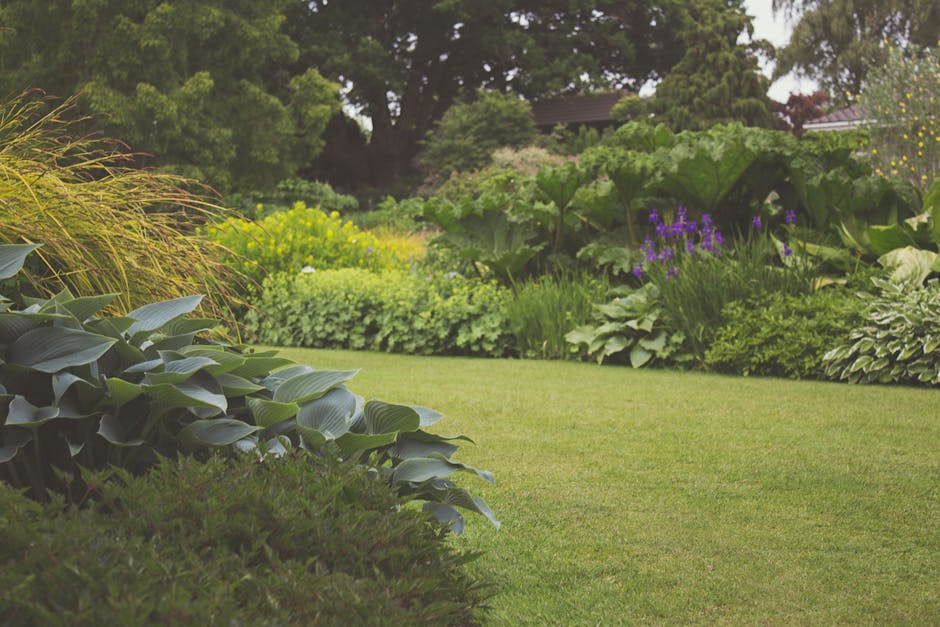As winter approaches, it’s essential to prepare your garden for the colder months ahead. Proper winter garden prep practices can help protect your plants, trees, and flowers from the harsh weather conditions and ensure they thrive come springtime. From mulching to pruning, there are several steps you can take to get your garden ready for winter. In this article, we will discuss some of the best winter garden prep practices to help you maintain a healthy and vibrant garden year-round.
**Mulching for Insulation**
One of the most important winter garden prep practices is mulching. Mulch serves as insulation for your plants and trees, protecting their roots from freezing temperatures. It also helps retain moisture in the soil, which is crucial during the winter months when the ground tends to dry out. When applying mulch, make sure to spread it evenly around your plants and trees, leaving a few inches of space around the base to prevent rot. Organic mulches, such as bark chips or compost, are ideal for winter as they break down over time, adding nutrients to the soil.
**Pruning for Health**
Another key winter garden prep practice is pruning. Trimming back dead or diseased branches not only improves the overall appearance of your garden but also promotes healthy growth in the spring. Winter is the perfect time to prune as most plants and trees are dormant, making it easier to see which branches need to be removed. Be sure to use sharp, clean tools to make clean cuts and avoid tearing the bark. Remember to remove any dead or damaged branches from your garden to prevent the spread of disease.
**Protecting Potted Plants**
If you have potted plants in your garden, it’s essential to protect them from freezing temperatures. Move your pots to a sheltered area, such as a covered porch or garage, to shield them from the cold. You can also wrap the pots in bubble wrap or burlap to provide additional insulation. Water your potted plants sparingly during the winter months, as they require less moisture when dormant. Be sure to check the soil moisture regularly and adjust your watering schedule accordingly.
**Winterizing Your Trees**
When it comes to winter garden prep practices, don’t forget about your trees. Young trees, in particular, are more susceptible to winter damage, so it’s crucial to take steps to protect them. Consider wrapping the trunks of young trees with tree wrap to prevent sunscald and frost cracking. You can also apply a layer of mulch around the base of the tree to insulate the roots. Remember to remove any stakes or ties that are no longer needed to allow the tree to sway naturally in the wind, which helps strengthen the trunk.
**Planning for Spring**
While winter garden prep practices are essential for maintaining a healthy garden, it’s also essential to start planning for spring. Take this time to research new plants or flowers you want to add to your garden and create a planting schedule for the upcoming season. Consider starting seeds indoors to get a head start on your spring garden. You can also clean and organize your gardening tools and equipment to ensure they are ready for use when the weather warms up.
In conclusion, winter garden prep practices are crucial for ensuring the health and vitality of your garden throughout the colder months. From mulching to pruning, there are several steps you can take to protect your plants, trees, and flowers from winter damage. By following these best practices and planning ahead for spring, you can enjoy a vibrant and flourishing garden year-round. So, roll up your sleeves, grab your gardening gloves, and get ready to prepare your garden for the winter ahead.

